Users Who Spiked
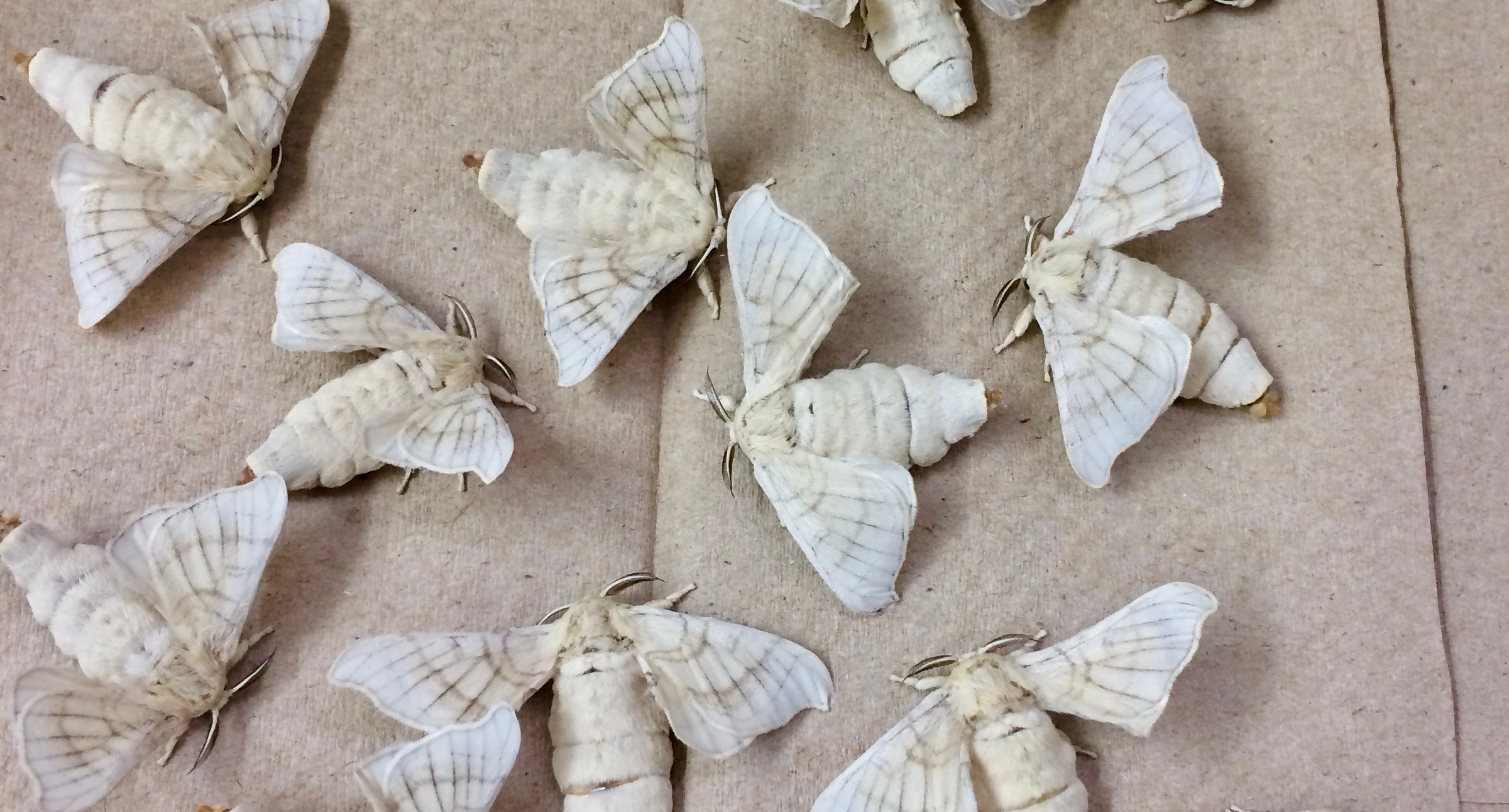
BOMBYX MORI
Private Notes
Private Notes
Notes
The better part of my day yesterday was spent filling out a job application - one job application. Why did it take so long for just one application? Because, absurdly, the application form required the past 10 years of job history. There have been times, during the past 10 years of my life, when I held up to four jobs at one time. When you're a student, you do what you can to make ends meet. It's possible my job history has a variety that few people can boast. Professionally, I've taken care of lemurs, logged aquatic invertebrate collections, sold stuffed candlesticks for the Beauty and the Beast musical, drove for Uber, graded biology exams, transcribed sexist audio files, sprayed rice plants with fungal pathogens, sold sex toys, reviewed human subjects research applications, revived a struggling library service, and answered mental health crisis calls. That's just a small sample of my work experience.
Perhaps one of the most interesting positions I've held was as a research assistant in an entomology lab. Among my duties was raising Bombyx mori, a.k.a. silkworms. If you don't already know, this is where silk fabric comes from, but I'll get into that in a moment. I took care of the B. mori (it feels weird to me calling them "silkworms" because caterpillars aren't technically worms and "worm" doesn't describe the moths either) throughout their entire lifecycles, from egg to moth to egg again. The insects start out as tiny little eggs, no bigger than the head of a pin, laid on an index card. In the lab, we dated and marked the cards before putting them into large Petri dishes and chucking them in the fridge. Making them cold slows down their metabolism. This way, we could have them hatch according to our schedule, not theirs.
Once we were ready to have them hatch, we pulled the dishes out and set them on a lab bench at room temperature. In a couple of short days, tiny little caterpillars would crawl out. They are super small, like one millimeter long. From there, the itty bitty critters were transferred (using a paintbrush) to a smaller Petri dish and given food. Ours ate a mixture of powdered mulberry leaves, agar, and vitamins. It looked and felt a bit like green tea mochi. Baby silkworms don't drink water. It's not safe to supply them with a mini water bowl because they could easily drown. Besides, they get all the moisture they need from their food. They're kept in a growth room, which keeps them warm.
Each time a silkworm molts (sheds its exoskeleton), it gets bigger. As they grew, we transferred ours to clear plastic takeout containers. Every day, I or one of the other research assistants, would pull them out, clean up their frass (insect poo), make sure they had food, and put them back into their containers. They eat 24/7, meaning that they also poo 24/7. The mulberry food is really moist, so it can get moldy quickly if it's not changed regularly. Eventually, the B. mori larvae (the caterpillars) get to about three inches long. They're pretty funny looking, with tall heads and little black masks. Once they're big enough, they spin a cocoon out of silk (a liquid comes out of their bodies and solidifies as it hits the air) and turn into pupae. So, it's an egg, then it's a larva, then it's a pupa (adding an "e" at the end, makes these last two words plural).
Then, they don't do much of anything for a while. In pupa form, the insect doesn't eat and doesn't move around much; it's busy growing wings and antennae. That's the reason for the silk cocoon. It not only sticks the larvae to a surface but provides them with protection. And, boy, do the cocoons stick! In order to retrieve them from the takeout boxes, you have to peel them off the sides. The silk is strong, but inside is a delicate creature. So you have to pull firmly without squishing the developing moth. After pulling them free of the boxes, they were put all together in a paper towel-lined bin (I'm pretty sure it was a vegetable drawer from a home refrigerator). Then, we kept them warm and waited.
If we'd been raising our silkworms for their silk, this is when we would boil the cocoons, killing the pupae inside. Boiling them not only kills the silkworm but loosens up the cocoon fiber too. Then, we would unravel the cocoon and weave it into fabric. The little dead pupae would probably be eaten. Where they're raised commercially - mostly in China - the pupae are mixed with chilis and spices and served up. I've even seen cans of them at a Korean grocery in Atlanta. I can't vouch for their edibility though, because we never ate ours. Most of them were allowed to mature into moths and crawl out of the cocoons on their own. Why doesn't this happen in commercial silk production? Because, in order to get out of that tough cocoon, the adult silk moth excretes a chemical that breaks down the silk fibers. That makes a little hole that the moth can crawl out of. If they let the commercially-grown moths release this substance, it would lower the quality of the silk fiber.
Once our silkworms became silk moths, we let them roam around in the drawer. Bombyx mori are domesticated insects. We usually think of cows and dogs when we think of domestication, but this happens with insects and plants too. In the case of the silkworm, these animals have been domesticated for thousands of years. Because we've had a hand in their development for so long, many of their physical traits have changed. We were able to keep our moths in an open drawer because the moths have lost the ability to fly. They're also white and furry when they emerge from the cocoons. Originally, they had more coloration. Both of these traits have been lost because they both evolved to help the moths avoid predators. Raised in a controlled environment, they don't have to worry about predators. The quality of the silk they produce has also been altered over the centuries.
We watched those little flightless moths so we could catch them mating. Any pairs of moths caught in the act would be swept onto an index card and covered with a plastic cup (don't worry, they could still breathe). The females would then lay their eggs on the index cards, die of natural causes, and the cards would go into another round of Petri dishes, starting the cycle anew. After they've laid eggs, it's only a matter of days or hours until these pretty ladies expire along with their mates. My favorite part of that job was most definitely holding the grown-ups on the ends of my fingers and watching them move their wings. They're fuzzy and cute and I had raised them myself from a wee little egg.
*photo by the author.
Comments
Please login to post comments on this story
-
I love learning new things from your posts!
-
Because we've had a hand in their development for so long, many of their physical traits have changed. We were able to keep our moths in an open drawer because the moths have lost the ability to fly.
Very interesting! We have a mealworm farm for our leopard gecko, so I was a little familiar with some of the stuff you were talking about. Sounds like a fun job!


















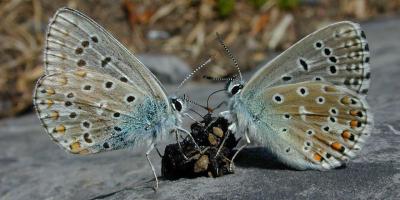
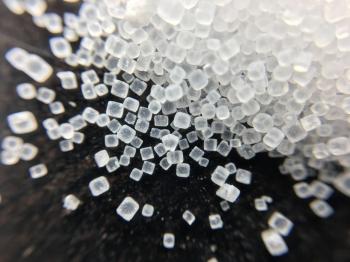
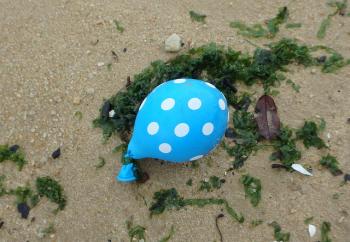

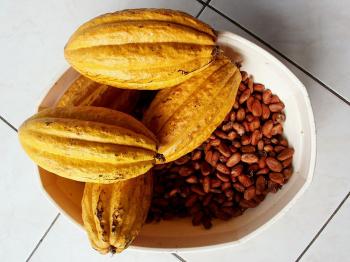

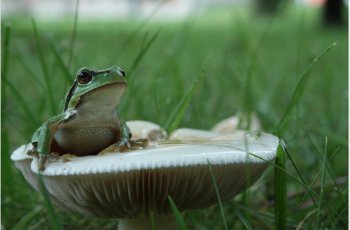


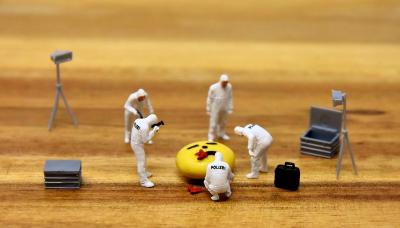





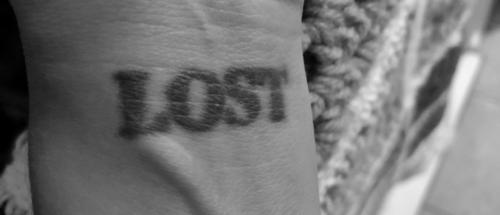




Thanks! <3